A hidden gem
Northern Equipment has surprised me thus far in how comfortable their garments are - fit great, includes a spare button for repairs, good printing on the pattern, overall feels like it will last for some time
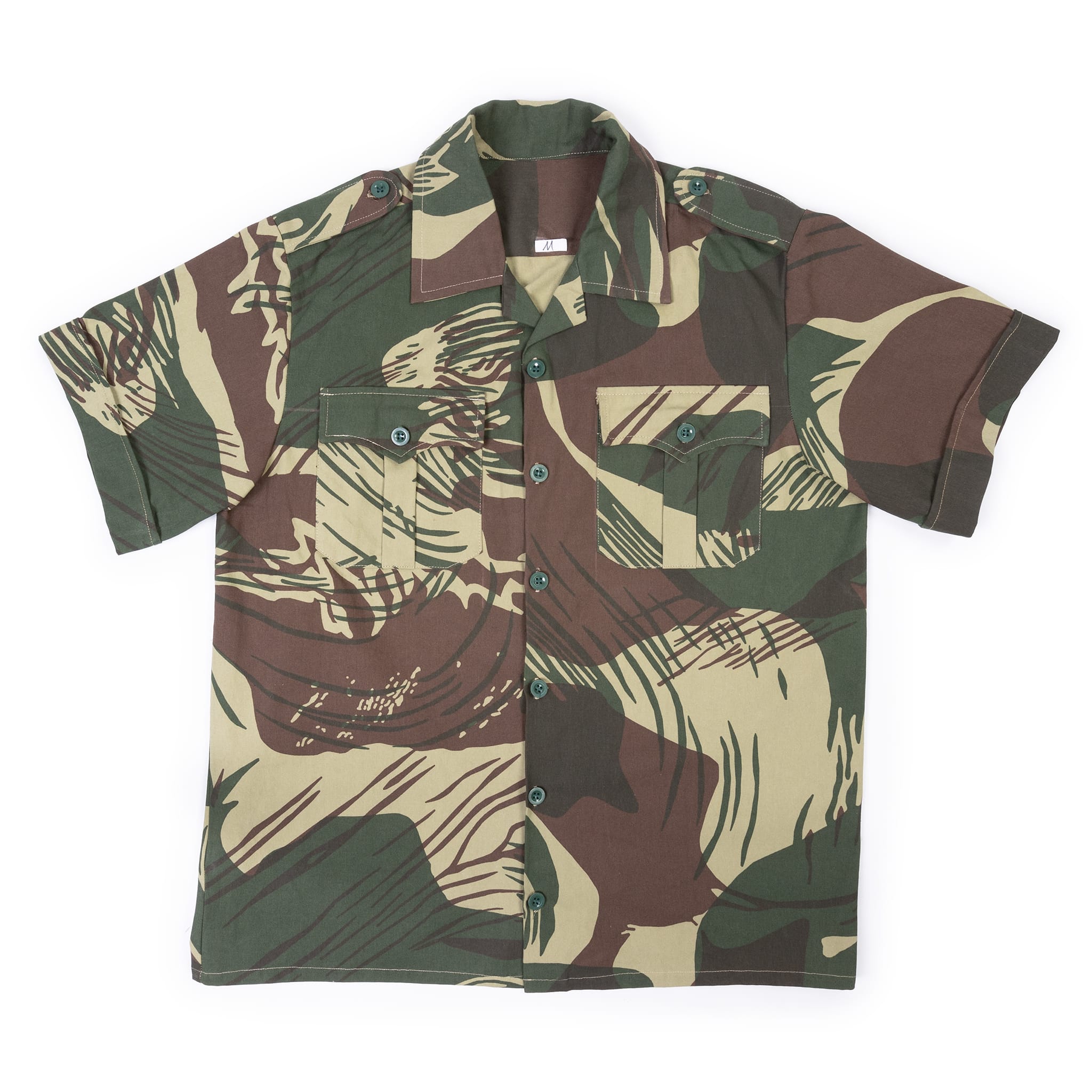
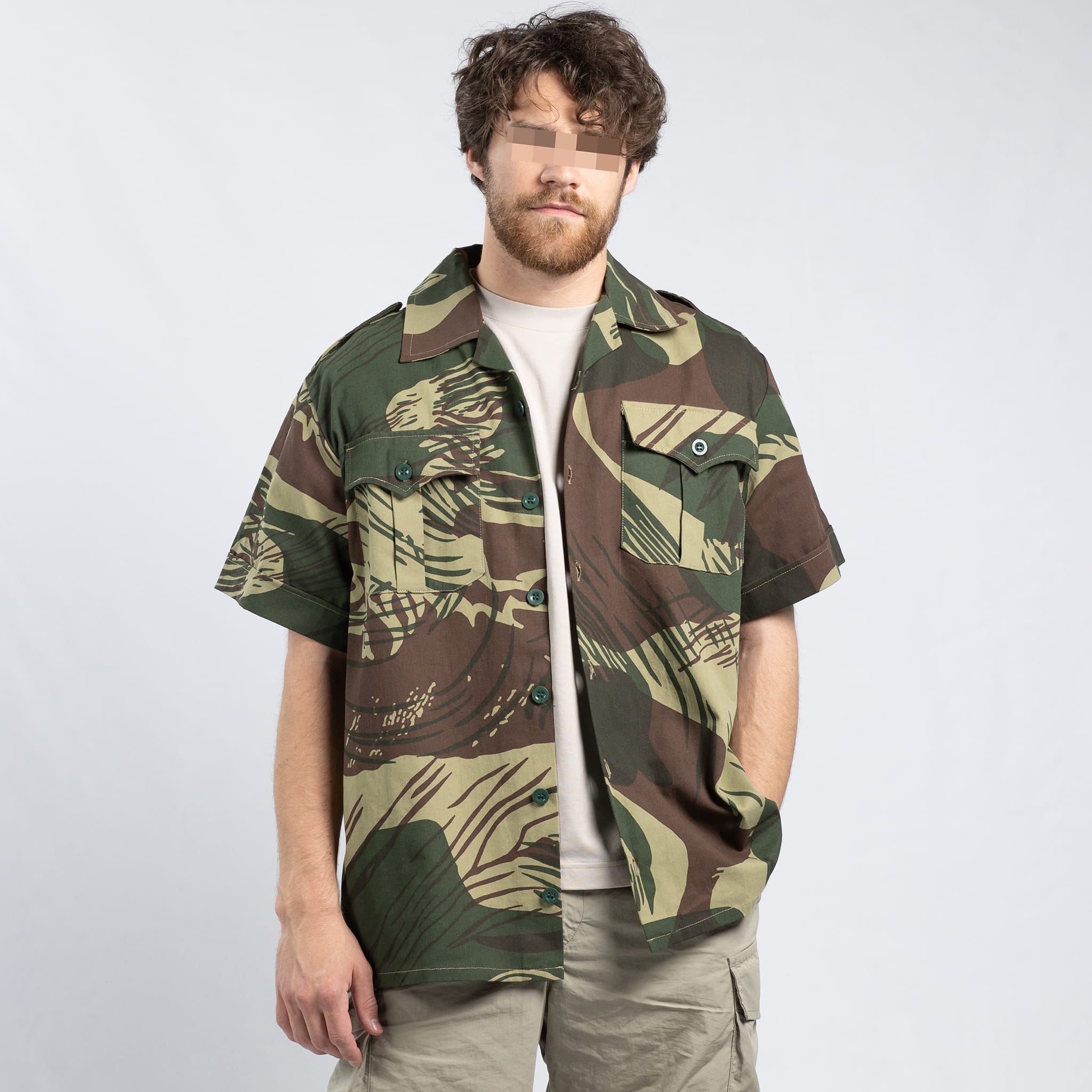
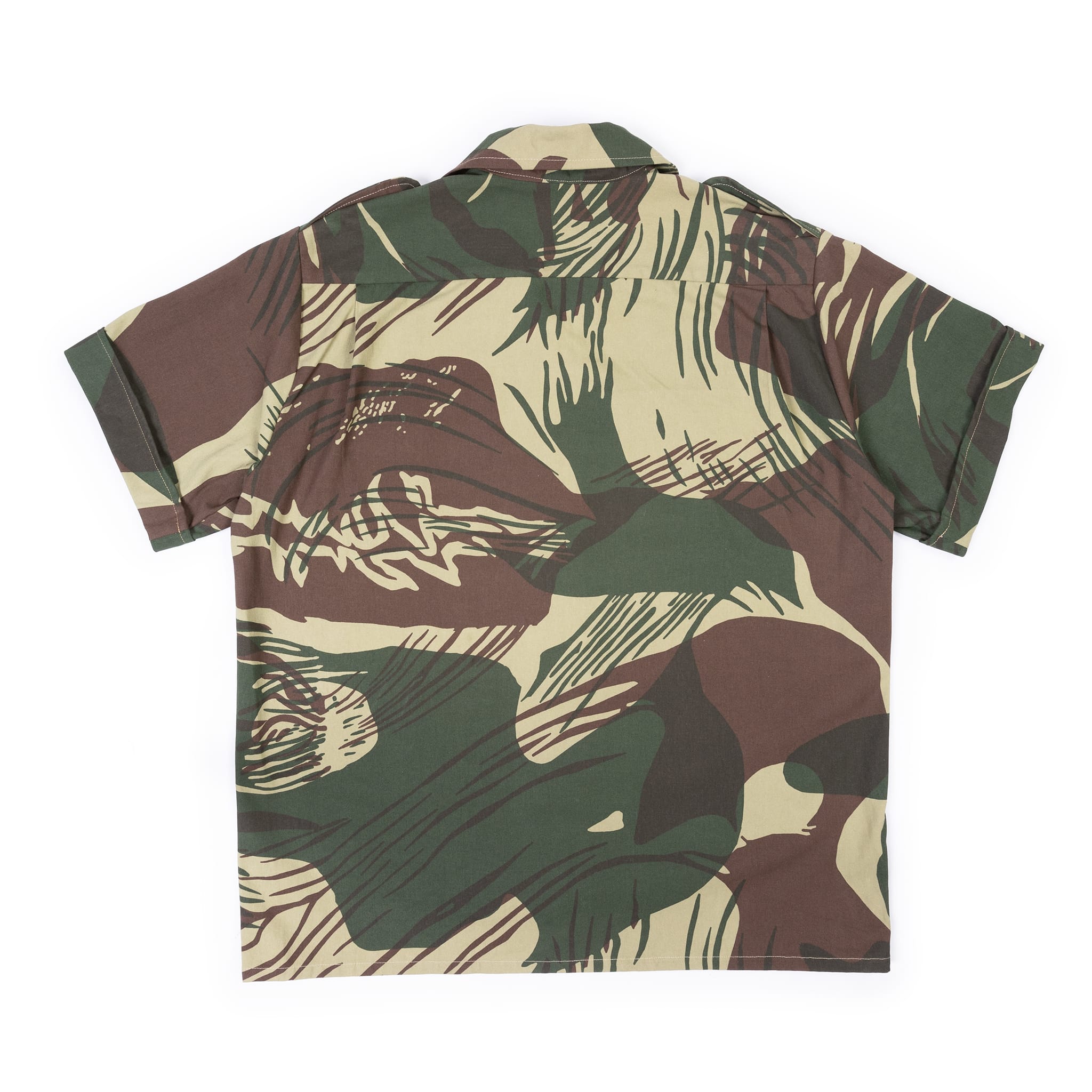
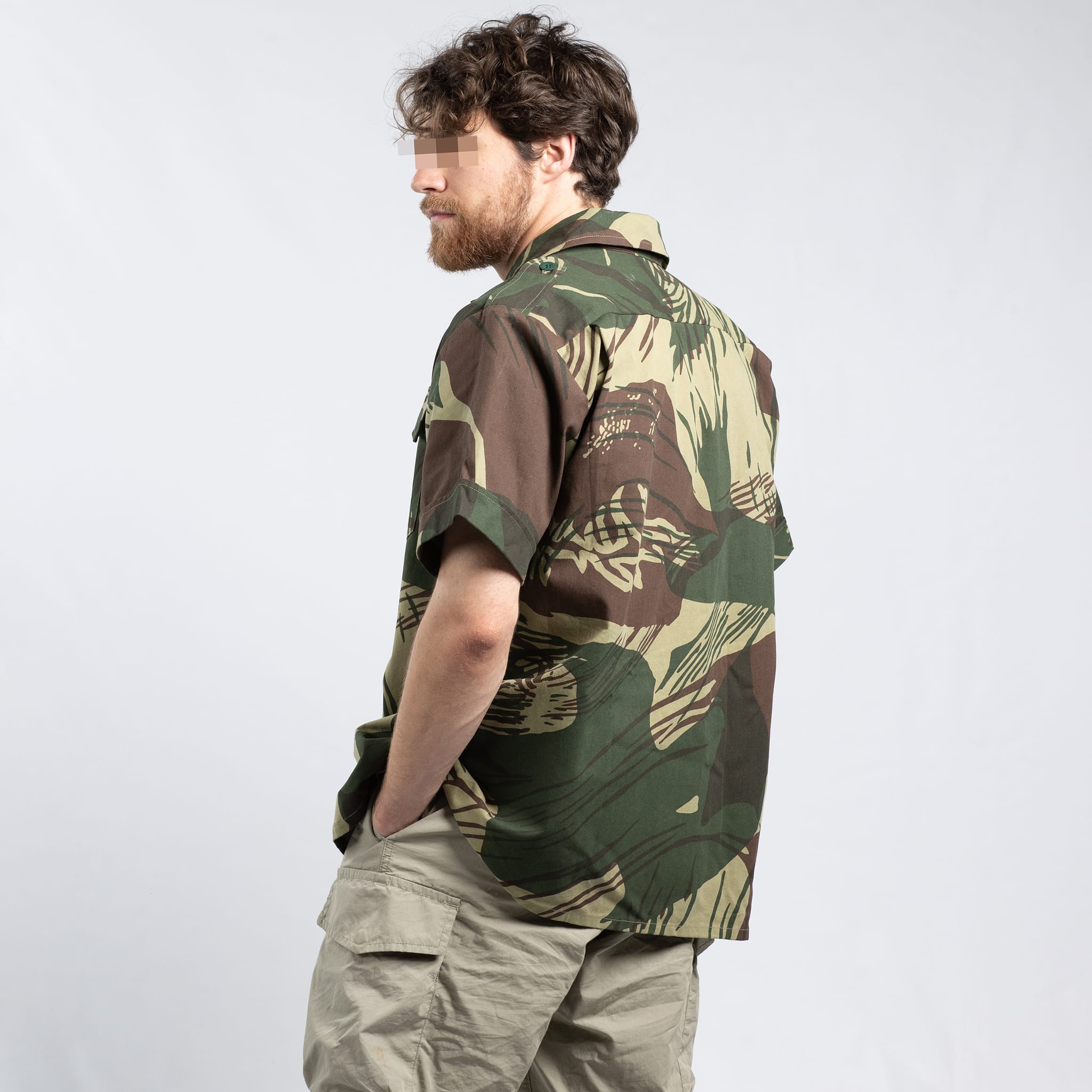
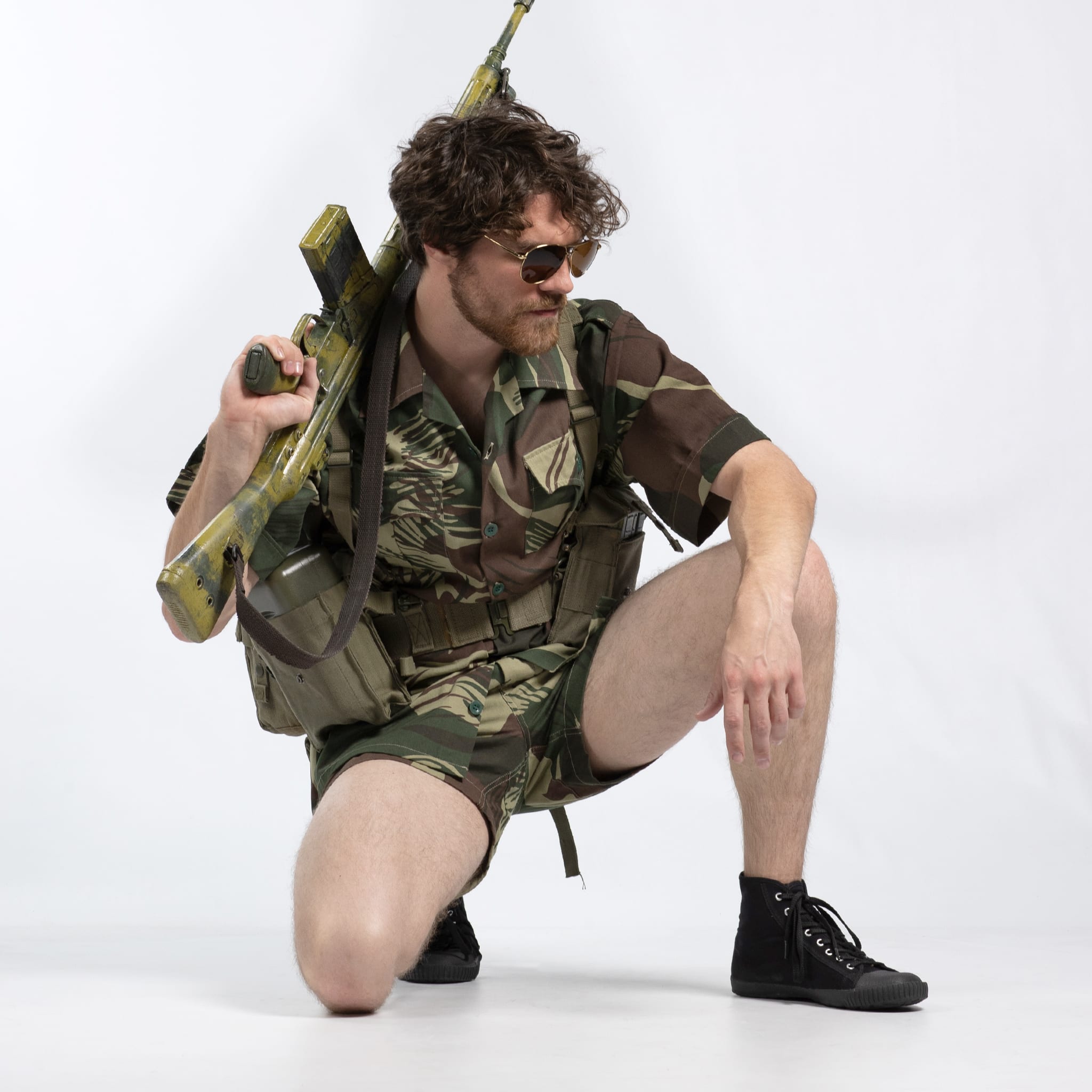
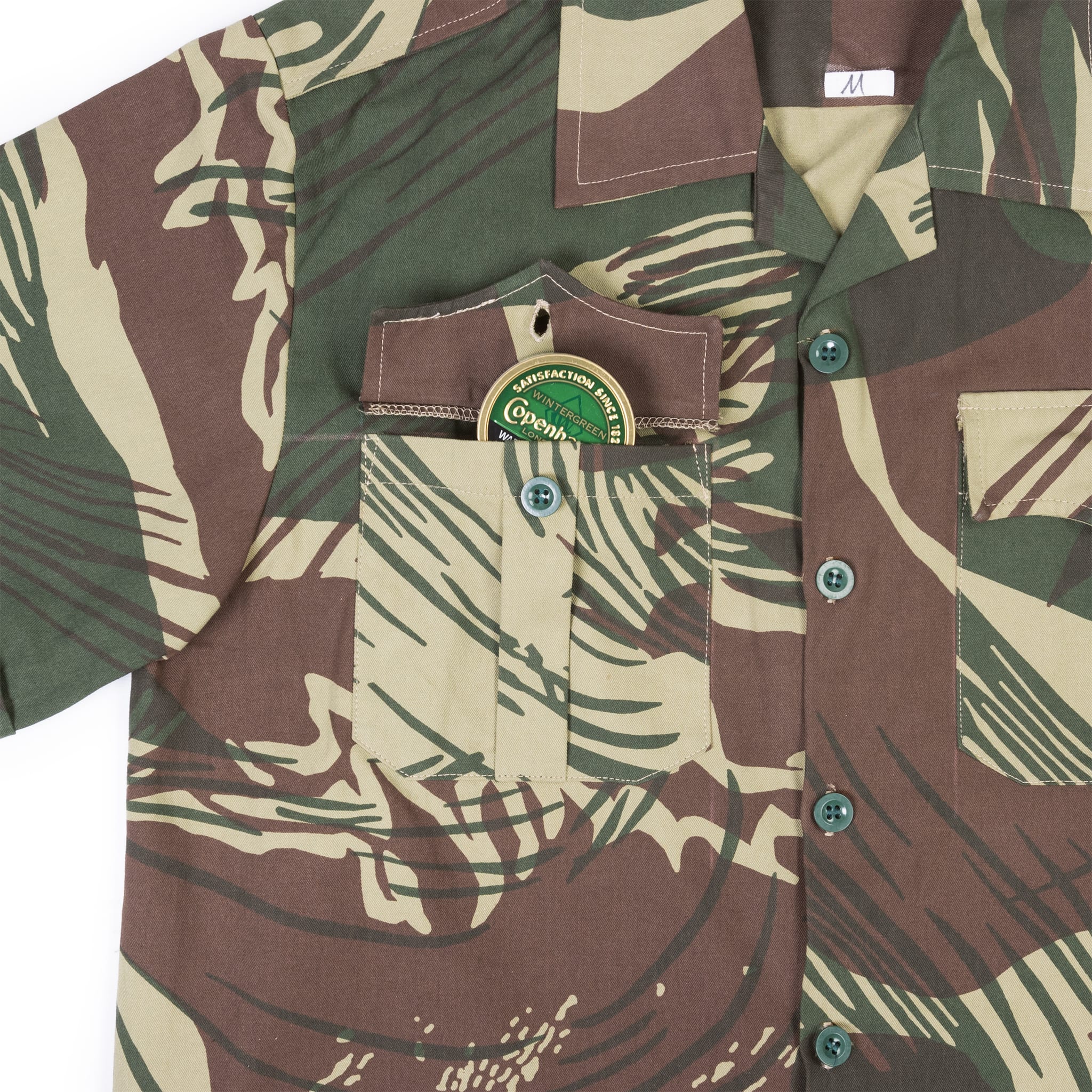

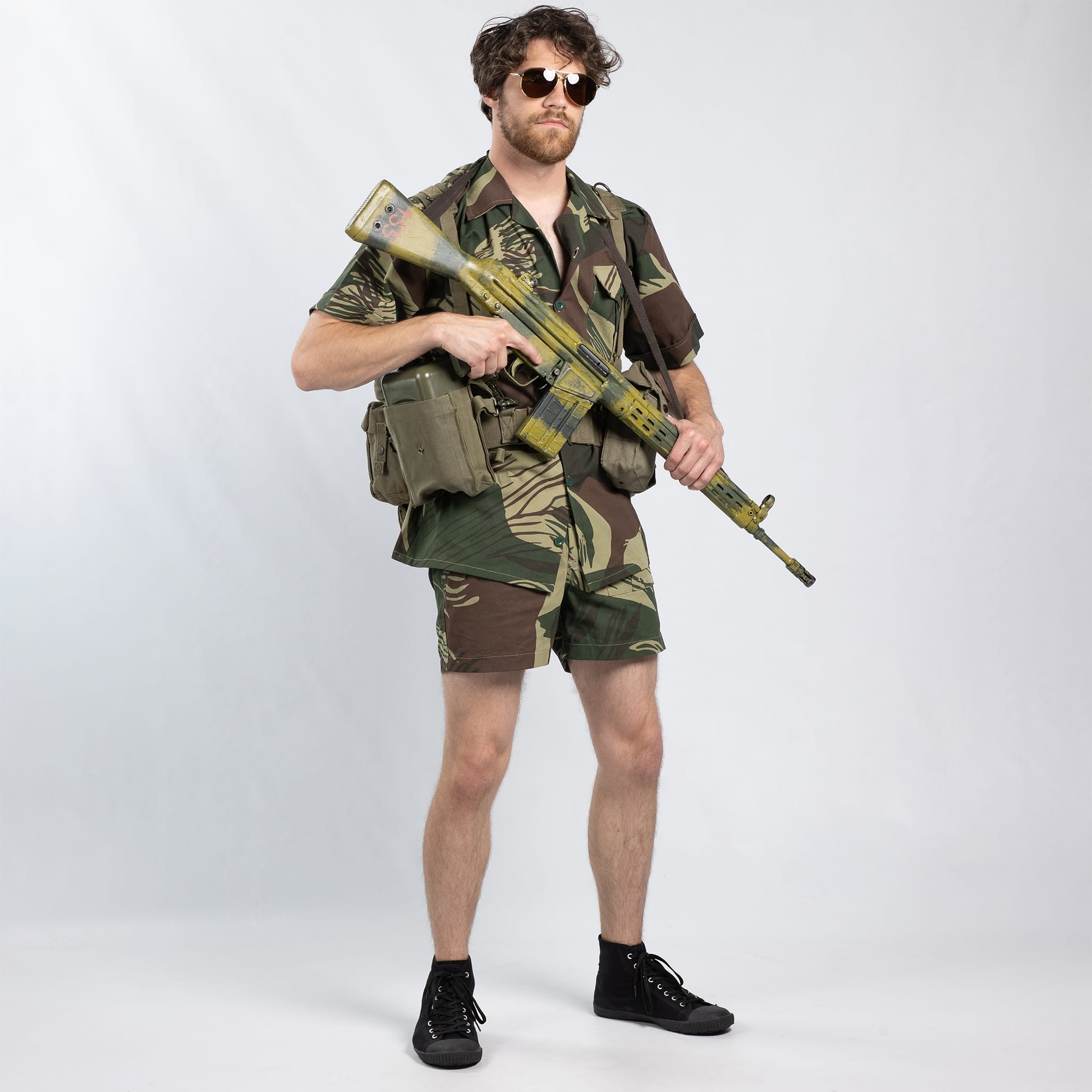
Made in South Africa With South African Materials
Who is North Equipment?
These new-production Rhodesian Brushstroke garments are manufactured by North Equipment. North is run by a former SADF paratrooper or ‘parabat’, who worked with Johann Niemoller to rekindle Niemoller’s military textile businesses, under the North Equipment brand name.
He also happened to be Johann Niemoller's neighbor, which came in handy when he made his bid to restart Niemoller’s garment and webbing businesses after they were mothballed in 1994. With the help of our contacts in South Africa, North Equipment has restarted production on the very same equipment that manufactured Niemoller’s famous ‘Adder’ brand in the 80s and 90s.
Adder is best known for their prolific commercial variant of the Rhodesian camouflage print. Which was sold to Executive Outcomes, and various other secret squirrel outfits. The export market to the USA was also huge for Adder, and their uniforms regularly appeared in Solider of Fortune magazine among other places.
North Equipment continues this old school legacy with a new print which closely matches ‘2nd Pattern’ Rhodesian Brushstroke, color matched and digitally reproduced from Jaco’s original samples from Rhodesia.
The Garments
Every part of these uniforms is made locally, And North Equipment spent years setting up the supply chain the way they wanted.
The cotton is sourced from farms in South Africa, Zimbabwe, and Malawi. A specialty South African weaving company creates the durable cotton twill fabric, and performs the first dying step to create the distinctive khaki base color. After this the fabric is printed with the characteristic brown and green brushstrokes, before being sewn and assembled on Niemoller’s old tooling.
Outside of genuine articles from the Bush war, this is just about as authentically made as it gets. Your purchase directly supports passionate Africans working to bring back some of the coolest clothing and equipment from the Cold War.
The garments are based off of uniform sets widely manufactured by various contractors during the Bush War, with the same classic features & generous cut which will keep you looking as sharp as a rooikat's fangs.
Specs

North Equipment Rhodesian Brushstroke Short Sleeve Field Shirt
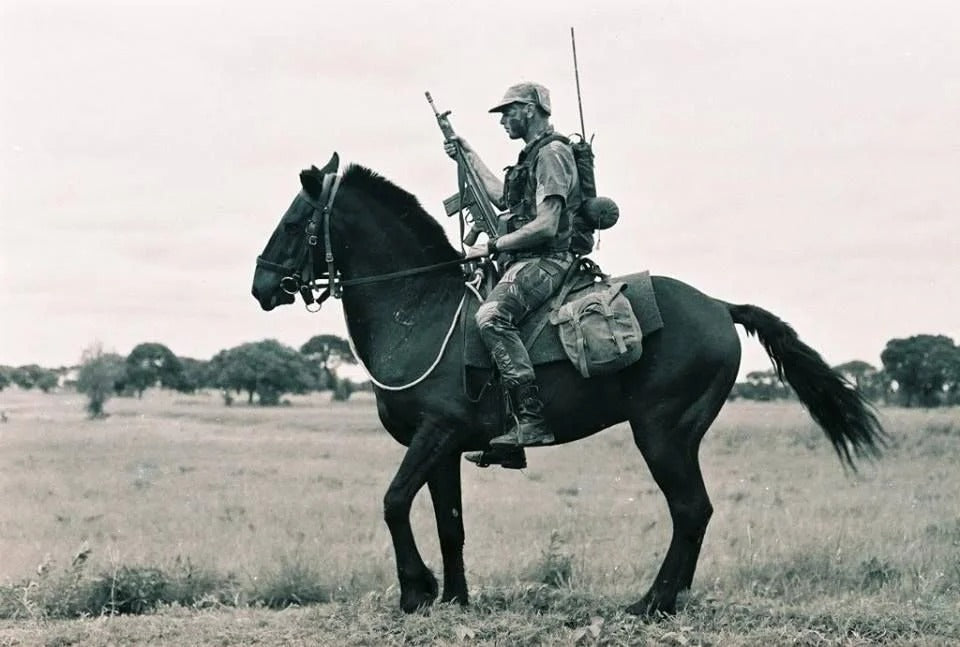
If you're new to African Military History, we've written a condensed historical introduction to the country of Rhodesia leading up to the breakout of the Bush War.
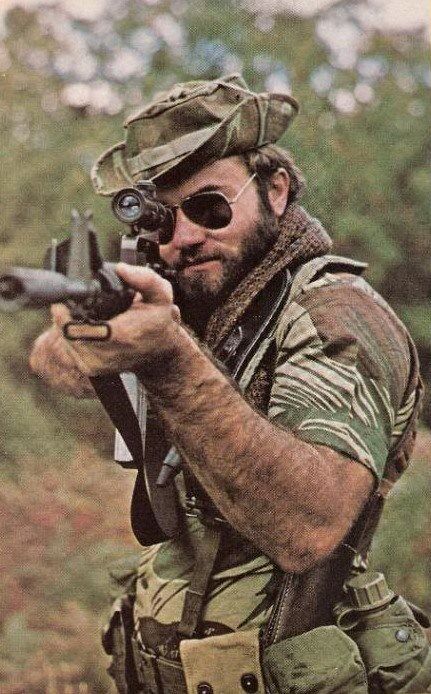
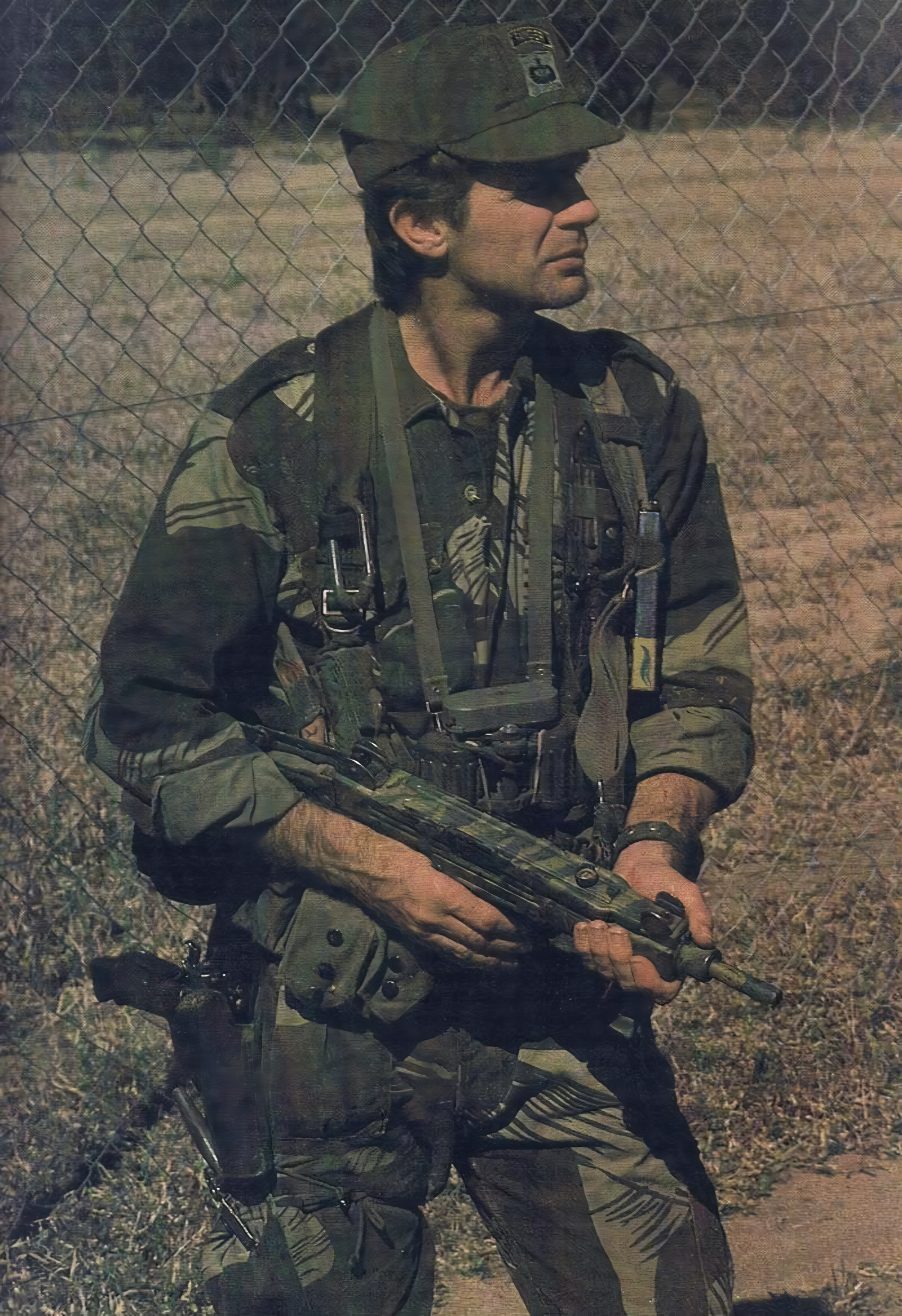
Rhodesian camouflage, often referred to as "Rhodesian Brushstroke" or simply “Rhodie camo” is a distinct and highly effective pattern created during the height of the Cold War. Its development was driven by the unique circumstances of the Rhodesian Bush War (1964-1979), a conflict characterized by high tempo counterinsurgency operations and great power proxy warfare.
Prior to the widespread adoption of Rhodesian Brushstroke, the Rhodesian military primarily used camouflage patterns from allied British and Belgian forces. Specifically, the British WWII Denison, Belgian Moon and Ball, and Belgian Brushstroke patterns. Looking at these camouflages it’s easy to see how they influenced the development of Rhodesia’s indigenous camouflage.
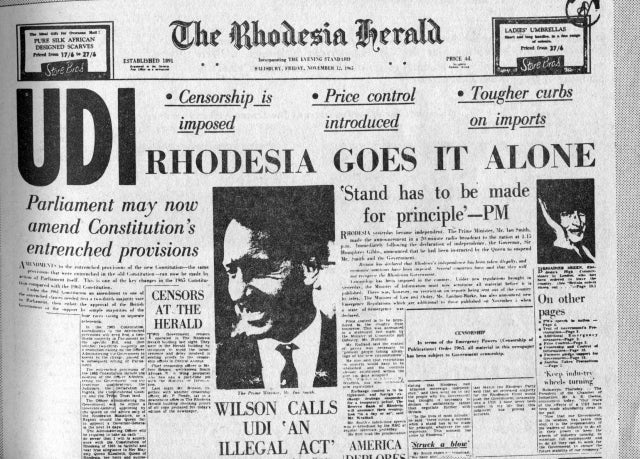
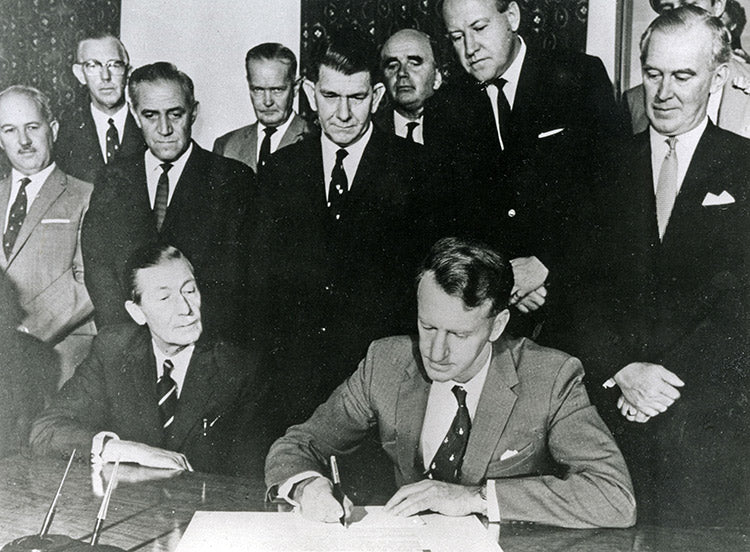
Sanctions after 'UDI' aimed to isolate Rhodesia economically and politically but paradoxically spurred swift industrial and economic development in Rhodesia, including production lines for vital military equipment.
Without these sanctions, Rhodesian manufacturer David Whitehead Textiles Ltd, would not have been contracted to develop and manufacture a uniform for the nascent Rhodesian military.
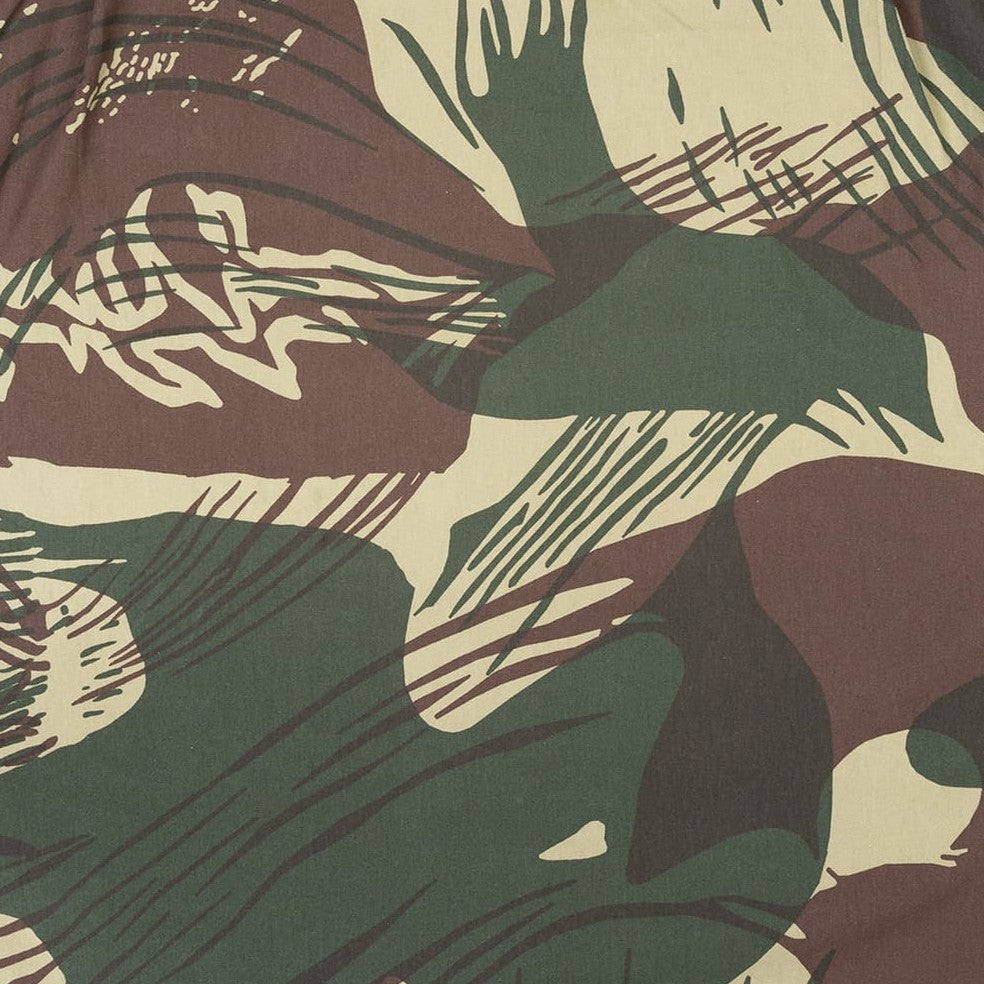
Di’s ultimate ‘2nd pattern’ design was distinctly organic, with large, high-contrast of light and dark. Together these elements create a layered three-dimensional effect which was more effective than previous British and Belgian designs. Sadly, Di passed away in South Africa due to a stroke around 1995.
Pictured: Our remix of 2nd pattern brushstroke with a few minor differences.








Design Details
The fabric used in original Rhodesian uniforms was a 100% cotton twill available in two weights: a heavy denim-like fabric for use in hats, smocks, and some pants, and a lighter twill for shirts, trousers, shorts, and the like.
Throughout the Bush war, a half dozen local producers manufactured ‘official’ uniforms in these two David Whitehead fabrics. However, due to the ad-hoc nature of military procurement in Rhodesia, a handful of smaller companies and cottage producers also made their own copies and derivatives in various forms. The quality of these original uniforms varied widely; for example, early ‘1st pattern’ Rhodesian camo was infamous for totally washing out in the sun, and throughout the war fabric quality varied significantly.
Rhodesian uniforms were constructed in a variety of styles with different finishing, and trims. However, most garments shared the same generous cut which prioritized range of motion, user comfort, and airflow in the hot African climate. Although some ‘arid’ versions of the Rhodesian uniforms were prototyped and trialed, the vast majority of Rhodesian forces simply used fresh uniforms with vibrant colors in the rainy season and switched to their ‘salty’ sun-faded uniforms during the dry season.
How Brushstroke has endured & evolved over time, and how we're starting it anew.
(Swipe To Read More)

Bush War Pedigree
Over the course of the Bush war, Rhodesian Security Forces became known for their military prowess. So much so, that their distinctive camouflage acquired a certain prestige in Southern Africa.
This association was so strong that the pattern was retained by Robert Mugabe after his successful conquest of the country. While attempts to field other camouflages were made, a variant of Rhodesian Brushstroke remains the current standard uniform to this day, presumably to lend credibility to the Zimbabwe Defense Forces.
Outside of Rhodesia, elite South African units adopted the print for clandestine cross border raids during Border War years. Commercial manufacture of the print continued in South Africa after the fall of Rhodesia.
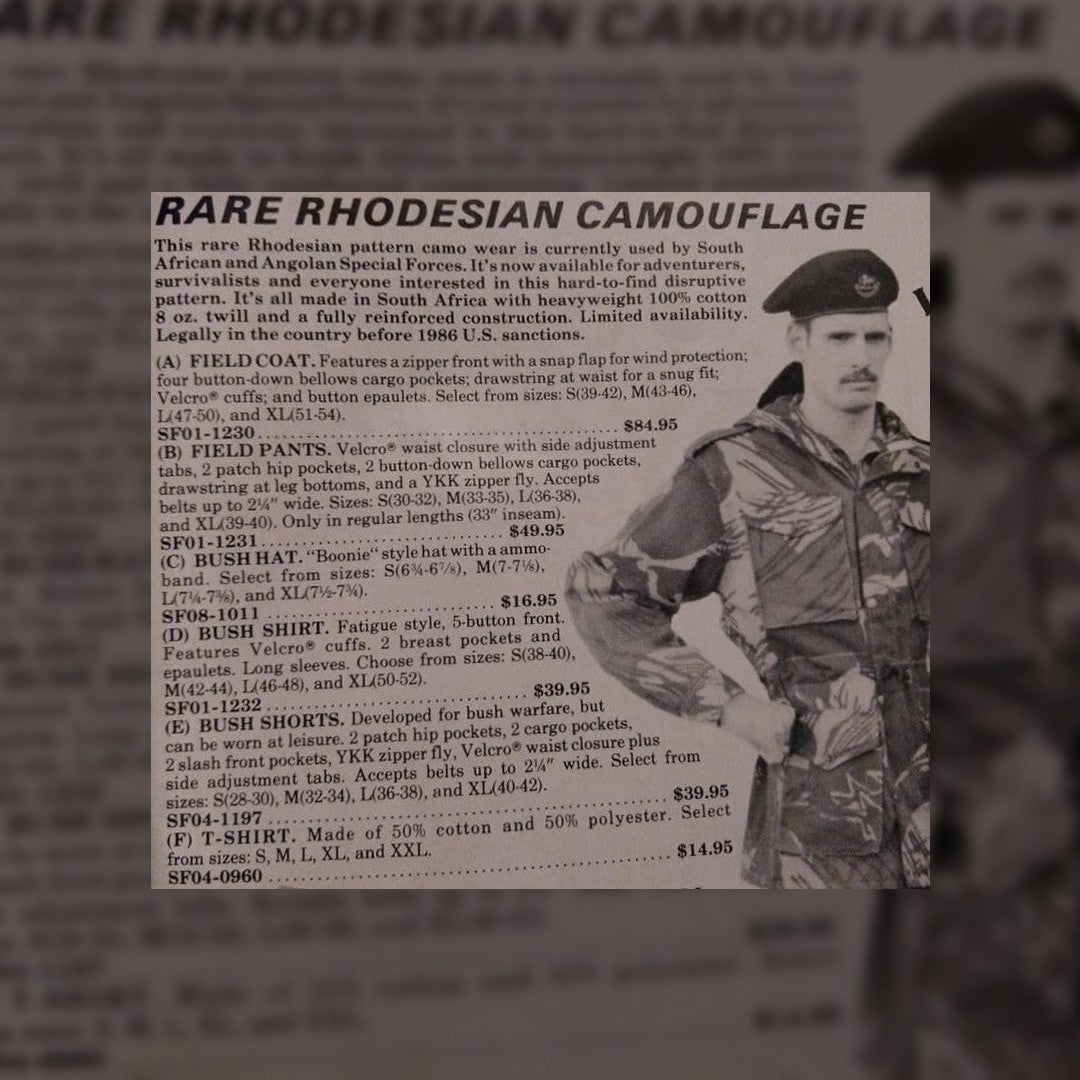
Ex-Rhodesia
Among the most famous post-war manufacturers was Adder (aka. Adro), a company founded by Johann Niemoller in 1981 after he finished service as a SADF Recce. Known for his legendary contributions to innovative SADF webbing systems, Niemoller became an established military outfitter in the 1980s, supplying both the SADF and ‘other interested parties’ like Executive Outcomes.
Niemoller’s businesses also enjoyed substantial commercial sales, with 'Adder' Brushstroke appearing in stores and on the pages of Soldier of Fortune in the late 80s and early 90s.
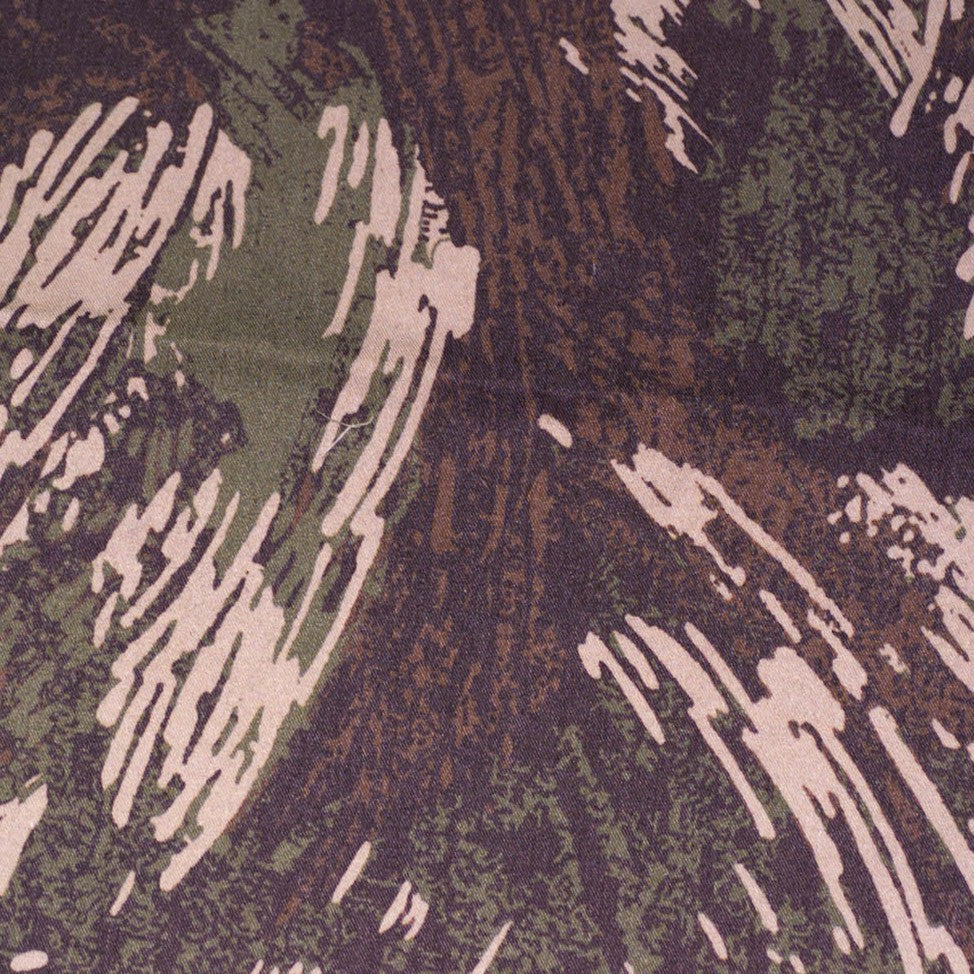
All-Over-The-Globe
Outside of Africa, Rhodesian Brushstroke also made a notable appearance in the year 2000 during the USMC camouflage trials (which would culminate in the development of the MARPAT family of patterns.) Brushstroke was deemed one of the world’s most effective patterns and was evaluated alongside CADPAT and a modified US Tiger Stripe print.
In the US, Brushstroke can also be credited with inspiring the ‘All-Over Brush’ pattern featured in the US Army’s universal camouflage trials which took place between 2002 and 2004.
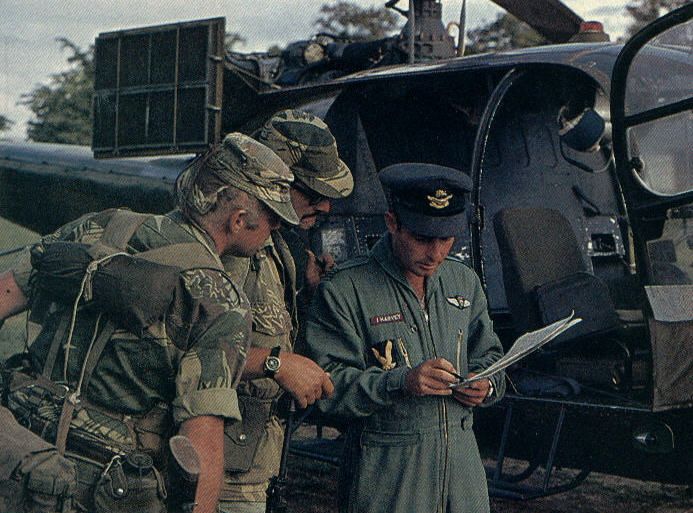
The Supply Runs Dry
'Brushstroke' camo has been in high demand with survivalists, outdoorsmen, and even militaries worldwide since its inception — we even had some of our own made in the early days of our business.
Nowadays, an average Google search brings up a minefield of low-quality, Chinese, drop-shipped casualwear — a minefield for anyone who hasn't properly done their homework.
On the contrast, we can appreciate the passion that goes into actual high-quality reproduction equipment on the market, but it's certainly scarce.
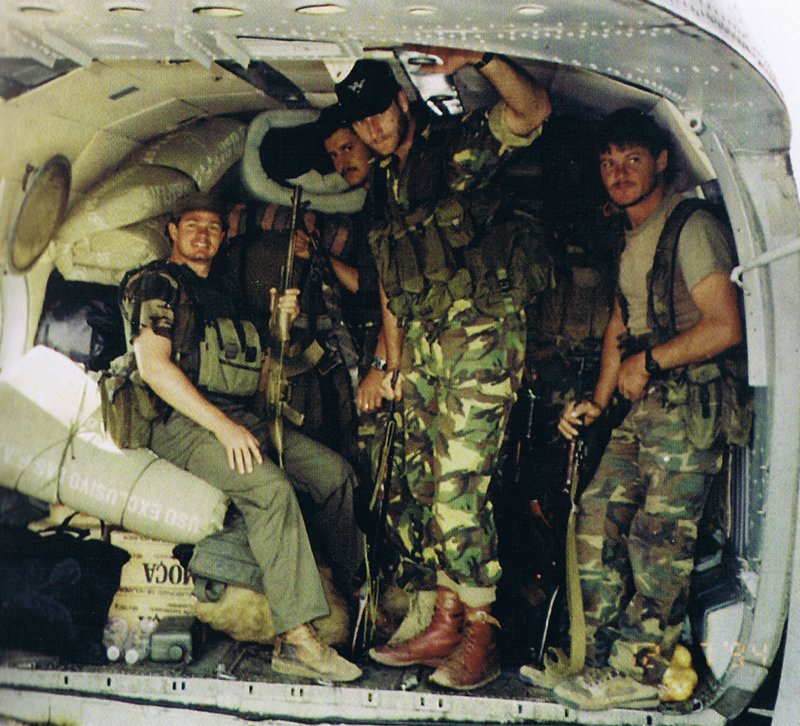
A New Chapter
The dawn of the ANC government in 1994 shuttered most of South Africa’s defense industrial base, including Niemoller’s textile businesses. At this time all of Niemoller’s manufacturing equipment was moved to his property for storage.
Then, we got in touch with Johan himself thanks to our existing contact in South Africa.
Johann Niemoeller was approached restart textile manufacturing work in South Africa for the commercial and private security industry. With a keen desire to start making the equipment again, Niemoeller's machines were dusted off and production began right back up...
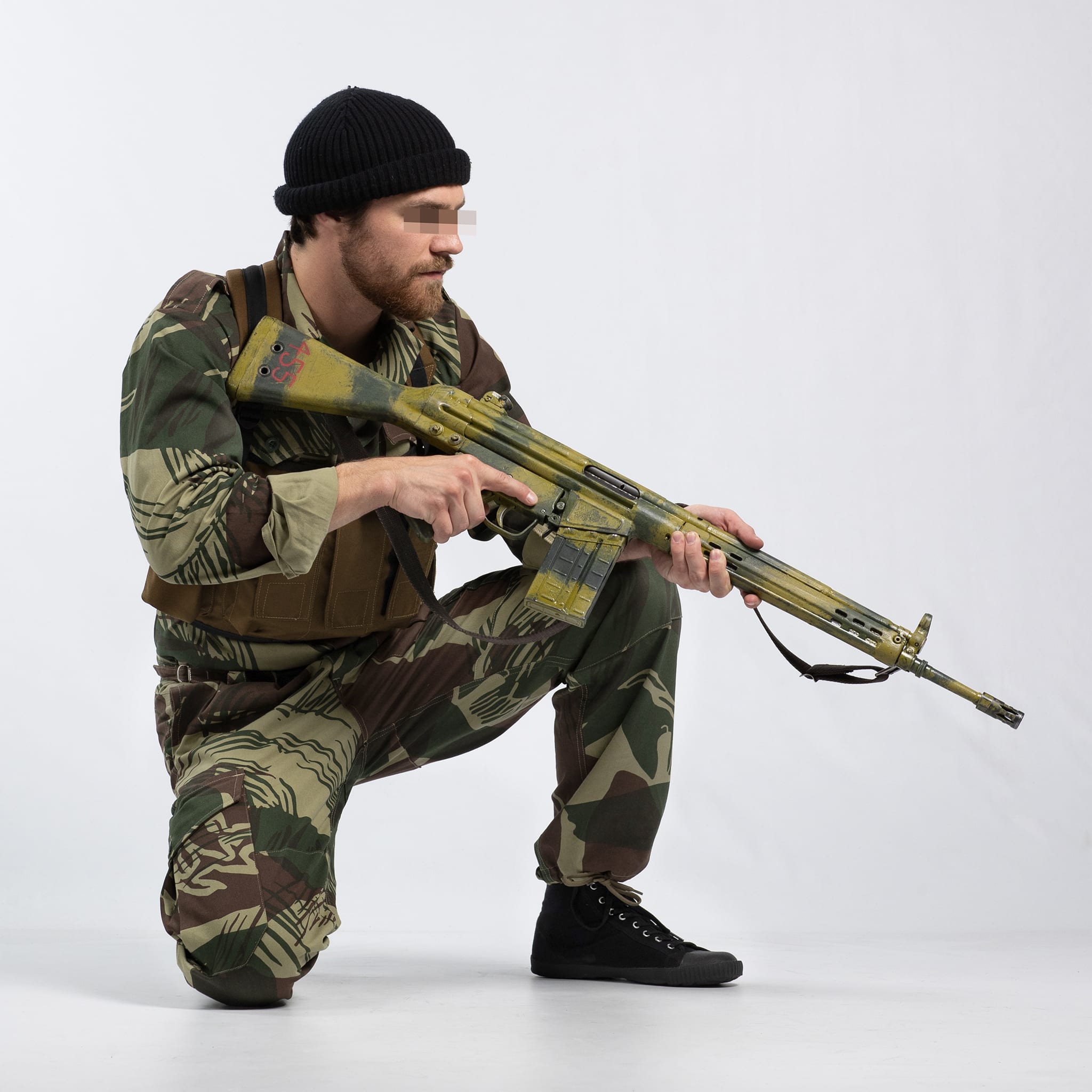
Giving It Our Best Shot
Our main aim was to do something a little different than everyone else. When it was finally our turn to try our hand at making 'Brushstroke', we wanted to make it in Africa, just like it was in its heyday.
With the aid of local contacts in South Africa, we stumbled across Johann, & his local business in 2021 while sourcing manufacturers for South African webbing and clothing.
It would take several years, but this working relationship would eventually evolve into the North Equipment brand and our exclusive, locally made 2nd-pattern-inspired Rhodesian Brushstroke using much of the same equipment and staff used by Adder in the 1980s.

Johann himself had much involvement in this project, using his experience to pick out the best fabrics, colors, design improvements, and even suppliers to help us achieve our goals.
It's been a privilege to work with one of the most legendary figures of the Border Wars, and we hope to keep telling his story through our products for years to come.